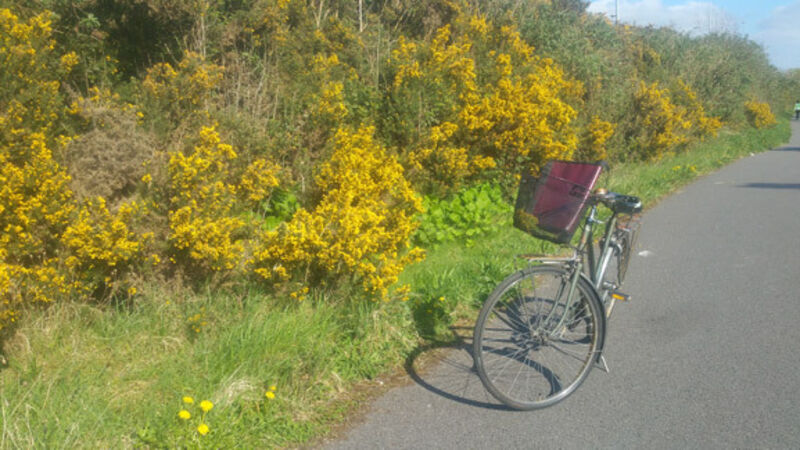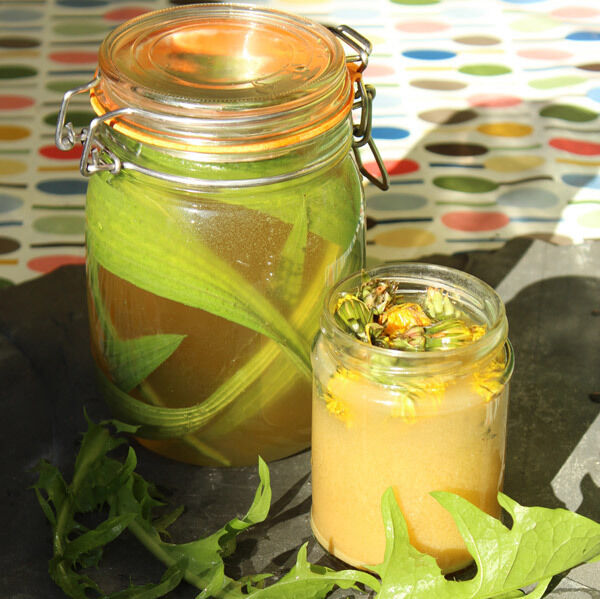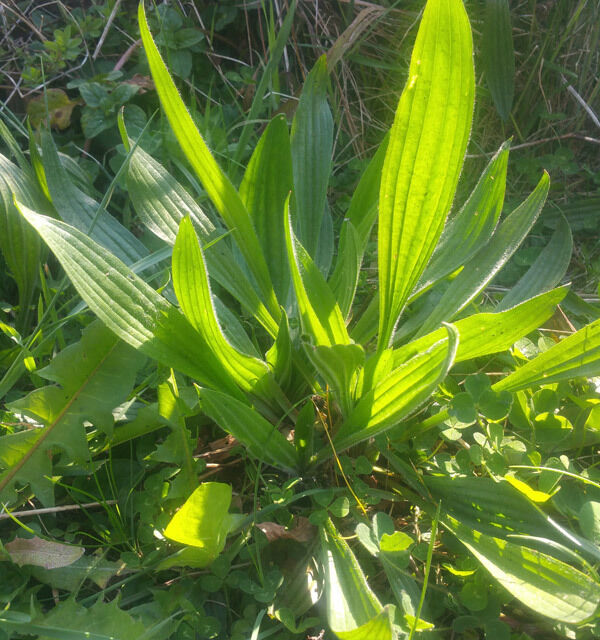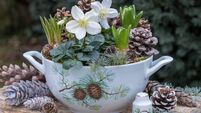Making vinegar tinctures from weeds and herbs is easy

OSCAR Wilde said “Everything in moderation, including moderation”.
Moderation is something we don’t do anymore. When we find something new, we do it full tilt. We run marathons, do triathlons, powerlifting, poweryoging, green-juicing and super-detoxing.
If your health regime and avoidance of sugar are so rigid that eating a biscuit puts you in hospital, maybe you’re going a bit far?
Readers of this page are great, because they go and do stuff like tapping birch trees and making kimchi and finding scobys in places other than your local garda station.
Taking responsibility for your health is laudable and we are all striving for better energy, mental clarity, and just to feel good. All these things are good to do, especially in moderation.
Fermented foods are best-eaten in small amounts and often. Several different ferments every day are better than stuffing sauerkraut into your sandwiches, and birch sap is best enjoyed once a day, like apples.
Ditto for juicing, ditto for eating eggs.

Too much of a good thing will make you feel unwell and then question the thing you were doing in the first place. ‘Go easy’, as my Mammy might say.
One thing that isn’t in moderation right now is nature. Flaunting her abundance everywhere you look, she is bursting forth with free gifts of food and herbs to use for cooking and in remedies.
A simple bike ride along a riverbank will give you free things like plantain leaves, dandelions, wild pea shoots, nettles, and more.
Every day, so-called weeds that we ignore, and try to get rid of, are full of good things for our health.
Dandelions are full of vitamin C and D and the flowers can be fried in batter for breakfast, while the leaves can be soaked and fried up with garlic and tossed with spaghetti for a delicious, nutritious, and quick meal.
Always soak the weeds for at least six hours, preferably in water without chlorine, before you use them.
Picked leaves will wilt at lightening speed in the heat and this brings them back to life and helps get rid of any roadside toxins and beasties.
Dandelions belong to the prebiotic family, related to alliums, onions, garlic, leeks, and chives.
These foods are essential for your gut health and will help in the absorption of nutrients from your ferments and other foods.
Making a tea from dandelion leaves helps with water-retention, as does taking it in a tincture.

Plantain is a much-ignored herb and is seen on highways and walkways all over. It’s an innocuous-looking fella with a spiny leaf that grows straight up, in a clump, to a height of about six to eight inches.
It has amazing properties that are most easily accessed by using it to soothe bee stings and cuts, and is especially useful when out walking in the countryside.
You can make a poultice quickly by bashing the leaves with a stone and adding some saliva and then applying it to the sting.
The leaves will quickly draw out the poison and also stop infection setting in a bad cut, if left on overnight and bandaged up.
Put a leaf or two into a mug of boiled water for a tummy pain soother, or make it into a tincture.
Primrose flowers bloom in early spring in a range of gorgeous colours: white, cream, yellow, orange, red and pink. Both the flowers and leaves are edible.
The flavour ranges from mild lettuce to bitter salad greens. Leaves can be used for tea and the young flowers can be made into primrose wine, and can also look pretty as edible decorations on salads and cakes.
Rosemary, that herb we always have with lamb, has so much more going for it. ‘Rosemary for remembrance is the saying’ and this is because of its ability to boost memory.
Last year, I gave my son endless mugs of rosemary tea to help him with his exam study. He believed it was working and that, in itself, can help.
Making a tincture from your herbs is very easy and keeps their medicinal properties. Alcohol tinctures are not for everybody, are expensive to buy, and can be difficult to source.
Storing a herb’s benefits like this is a great way to have the herb you want, all-year round. All you need is a clean jar and plenty of your particular herb, dry.
If you know it’s clean, you can just pack it into your squeaky-clean jar and then top up with apple cider vinegar. Close the lid on the jar and then shake it to make sure there are no air bubbles.
Label and date your jar, so you know what it is. Shake the jar once a day and, in two weeks, your tincture is ready to use.
At this stage, you can strain some of it into a dropper bottle to make it easier to use, while keeping the rest stored in a dark cupboard.
Home-made tinctures like this are not as potent as the alcohol variety that you can buy and they will keep for one year.
Be sure to use good apple cider vinegar, perferably raw or with the mother. White vinegar is not a good idea.
Use them well, in moderation.
More herbs next week. Happy foraging!













